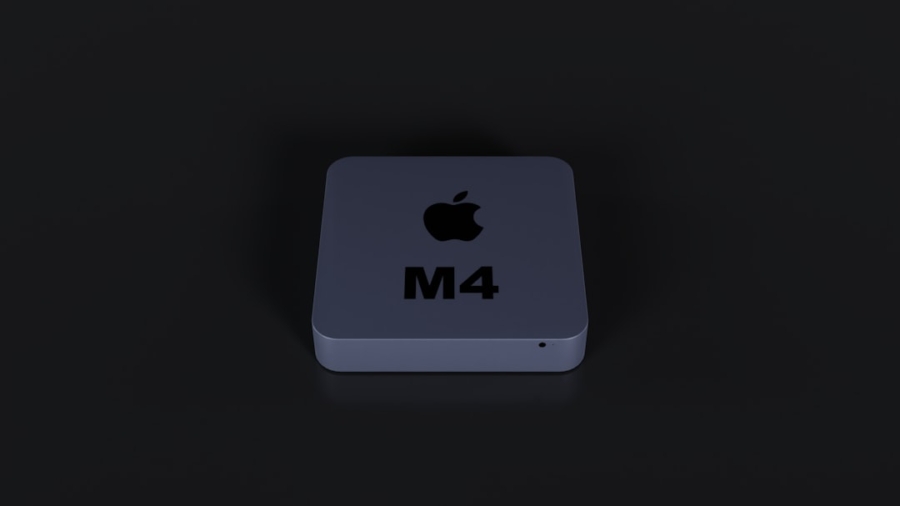Before diving into the world of artificial intelligence tools, it is crucial to have a clear understanding of your creative needs. This involves a deep introspection of the specific tasks you wish to enhance or automate through AI. For instance, if you are a graphic designer, you might be looking for tools that can assist in generating design concepts, automating repetitive tasks, or even providing inspiration through AI-generated art.
On the other hand, a writer may seek tools that can help with content generation, grammar checking, or even style suggestions. Identifying these needs will not only streamline your search for the right tools but also ensure that you invest in solutions that genuinely enhance your creative process. Moreover, understanding your creative needs also involves recognizing the limitations of your current workflow.
Are there bottlenecks that slow down your productivity? Are there tasks that consume an inordinate amount of time but do not contribute significantly to the final output? By pinpointing these areas, you can better articulate what you expect from an AI tool.
For example, if you find yourself spending hours on image editing, an AI tool that automates this process could be invaluable. This clarity will guide you in selecting tools that not only fit your immediate requirements but also align with your long-term creative goals.
Key Takeaways
- Understand your specific creative needs before researching AI tools
- Research available AI tools to find the ones that best fit your needs
- Evaluate the features and capabilities of each AI tool to ensure they align with your requirements
- Consider how each AI tool integrates with your existing software and systems
- Assess the user-friendliness of each AI tool to ensure easy adoption and use
Researching Available AI Tools
Once you have a firm grasp of your creative needs, the next step is to research the available AI tools that cater to those specific requirements. The landscape of AI tools is vast and continually evolving, with new solutions emerging regularly. Start by exploring reputable websites and platforms that specialize in technology reviews and comparisons.
Websites like G2, Capterra, and TechRadar provide comprehensive insights into various AI tools, including user reviews and feature comparisons. This research phase is essential as it allows you to gather a broad spectrum of options before narrowing down your choices. In addition to traditional review sites, consider engaging with online communities and forums where professionals in your field discuss their experiences with different AI tools.
Platforms like Reddit, LinkedIn groups, and specialized forums can provide firsthand accounts of how these tools perform in real-world scenarios. Engaging with these communities can also reveal lesser-known tools that may not have widespread recognition but could be highly effective for your specific needs. By combining formal research with community insights, you can create a well-rounded list of potential AI tools to explore further.
Evaluating Features and Capabilities

With a list of potential AI tools in hand, the next step is to evaluate their features and capabilities in detail. Each tool comes with its unique set of functionalities designed to address specific creative tasks. For instance, if you are considering an AI writing assistant, look for features such as content generation, tone adjustment, and plagiarism detection.
A thorough evaluation will help you determine which tools align best with your creative objectives. It is also important to consider the scalability of these features.
As your projects grow in complexity or volume, will the tool still meet your needs? Some AI tools offer advanced features that may not be immediately necessary but could become invaluable as your work evolves. For example, a video editing tool might initially seem sufficient for basic edits but could offer advanced features like motion tracking or color grading that would be beneficial for more complex projects down the line.
By evaluating both current and potential future needs, you can select a tool that will remain relevant as your creative endeavors expand.
Considering Integration with Existing Software
In today’s digital landscape, the ability of new software to integrate seamlessly with existing systems is paramount. When selecting an AI tool, consider how well it will fit into your current workflow and whether it can communicate effectively with other software you use regularly. For instance, if you are a content creator who relies on project management software like Trello or Asana, look for AI tools that offer integrations with these platforms.
This capability can streamline your workflow by allowing for easy task management and collaboration without having to switch between multiple applications. Moreover, integration can significantly enhance productivity by reducing the friction often associated with using disparate systems. If an AI tool can pull data from your existing databases or export results directly into your preferred formats, it saves time and minimizes the risk of errors associated with manual data entry.
Therefore, assessing integration capabilities is a critical step in ensuring that the new tool enhances rather than complicates your workflow.
Assessing User-Friendliness
User-friendliness is another vital factor to consider when evaluating AI tools. The effectiveness of any software is often determined by how easily users can navigate its interface and utilize its features. A tool may boast advanced capabilities, but if it has a steep learning curve or a cluttered interface, it may hinder rather than help your creative process.
Look for tools that offer intuitive designs and straightforward navigation to ensure that you can quickly adapt and start benefiting from their features. Additionally, consider the availability of tutorials and documentation that accompany the tool. Comprehensive guides, video tutorials, and community forums can significantly enhance user experience by providing support during the learning phase.
For instance, platforms like Canva offer extensive resources for users to learn how to maximize their design capabilities quickly. A user-friendly tool not only saves time during onboarding but also encourages exploration of its features, leading to more innovative uses in your creative projects.
Reviewing Customer Support and Training Options

Customer support is an often-overlooked aspect when selecting AI tools but can be crucial for long-term satisfaction and productivity. In the event of technical issues or questions about functionality, having access to responsive customer support can make all the difference. Investigate the support options available for each tool on your shortlist—do they offer live chat, email support, or phone assistance?
Additionally, consider the availability of a knowledge base or FAQ section that can provide quick answers to common queries. Training options are equally important as they can facilitate a smoother transition into using the new tool effectively. Some companies offer onboarding sessions or webinars to help users get acquainted with their software.
For example, platforms like HubSpot provide extensive training resources through their HubSpot Academy, which includes courses on using their marketing tools effectively. By ensuring that adequate support and training options are available, you can mitigate potential frustrations and maximize the benefits of the AI tool you choose.
Comparing Pricing and Subscription Models
Pricing structures for AI tools can vary widely based on features offered and target user demographics. It is essential to compare pricing models carefully to ensure that you are getting value for your investment. Some tools operate on a subscription basis with monthly or annual fees, while others may offer one-time purchase options or tiered pricing based on usage levels or feature access.
Understanding these models will help you determine which option aligns best with your budget and usage patterns. When comparing pricing, consider not only the upfront costs but also any additional fees that may arise over time. For instance, some tools may charge extra for premium features or additional user licenses.
Additionally, look for any free trials or freemium models that allow you to test the software before committing financially. This approach enables you to assess whether the tool meets your needs without incurring immediate costs. By conducting a thorough comparison of pricing and subscription models, you can make an informed decision that balances functionality with affordability.
Seeking Recommendations and Reviews from Peers
Finally, seeking recommendations and reviews from peers can provide invaluable insights into the effectiveness of various AI tools. Engaging with colleagues or industry professionals who have experience using specific tools can reveal practical advantages or drawbacks that may not be apparent from formal reviews alone. Personal recommendations often carry weight because they come from trusted sources who understand the nuances of your field.
In addition to direct conversations with peers, consider exploring social media platforms where professionals share their experiences with different software solutions. Twitter threads or LinkedIn posts discussing favorite tools can lead to discovering hidden gems that may not have made it onto mainstream review sites. Furthermore, participating in webinars or industry conferences can provide opportunities to hear firsthand accounts from users about their experiences with various AI tools.
By leveraging peer insights alongside formal research, you can make a well-rounded decision when selecting the right AI tool for your creative needs.
For creative professionals seeking to enhance their workflow with the right AI tools, it’s essential to stay updated on the latest trends in related fields. A valuable resource to consider is the article on Top Trends on Digital Marketing 2023. This article provides insights into the evolving landscape of digital marketing, which often intersects with creative industries. Understanding these trends can help professionals make informed decisions about which AI tools might best support their marketing strategies and creative projects.
FAQs
What are AI tools for creative professionals?
AI tools for creative professionals are software applications that use artificial intelligence and machine learning to assist with various tasks in the creative process, such as image and video editing, graphic design, music composition, and more.
What are some common AI tools for creative professionals?
Some common AI tools for creative professionals include Adobe Sensei for image and video editing, Canva for graphic design, Amper Music for music composition, and Runway ML for creative coding and machine learning.
How do AI tools benefit creative professionals?
AI tools benefit creative professionals by automating repetitive tasks, providing intelligent suggestions and recommendations, and enabling new creative possibilities through advanced algorithms and machine learning capabilities.
What factors should creative professionals consider when choosing AI tools?
When choosing AI tools, creative professionals should consider factors such as the specific creative tasks they need assistance with, the user interface and ease of use, the level of customization and control, the integration with existing workflows and software, and the cost and pricing model.
Are there any limitations or challenges with using AI tools for creative professionals?
Some limitations and challenges with using AI tools for creative professionals include the potential loss of creative control, the need for training and understanding of AI algorithms, the ethical considerations of using AI-generated content, and the ongoing advancements and changes in AI technology.

